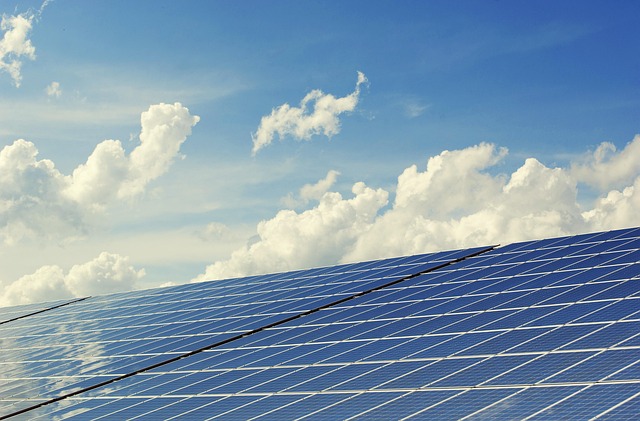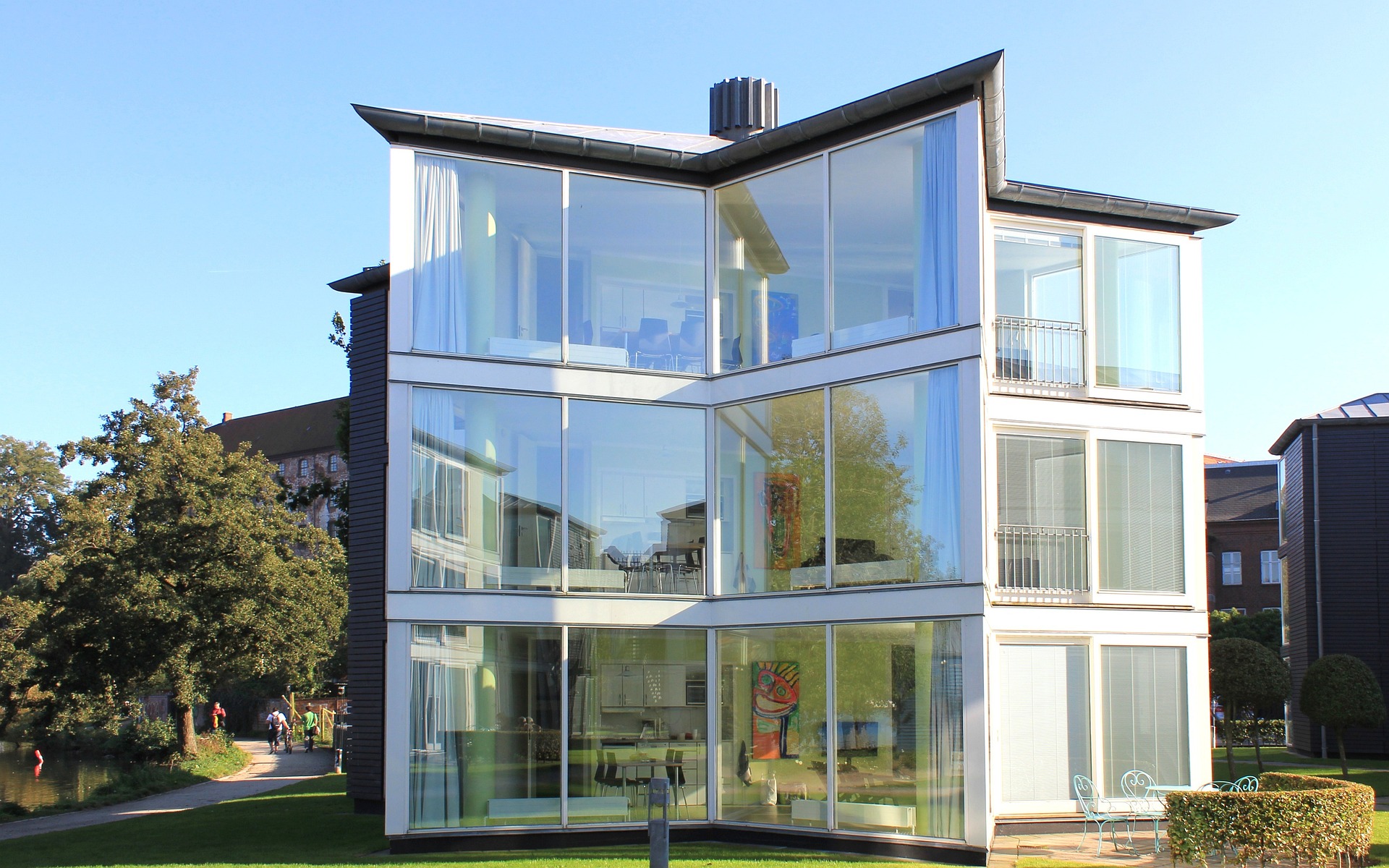Explore Solar Systems & Panels Designed to Support Energy Needs
Solar systems and panels offer an option to harness renewable energy for homes and businesses. Various configurations and technologies may provide ways to reduce reliance on traditional energy sources. Discover how solar solutions could align with your goals for energy efficiency and sustainability.

What are solar systems and how do they work?
Solar systems, also known as photovoltaic (PV) systems, convert sunlight directly into electricity. These systems typically consist of solar panels, inverters, and mounting hardware. Solar panels are made up of individual solar cells, usually composed of silicon, which generate an electric current when exposed to sunlight. The inverter then converts this direct current (DC) into alternating current (AC), which is the type of electricity used in homes and businesses.
What types of solar panels are available for residential use?
There are three main types of solar panels available for residential use: monocrystalline, polycrystalline, and thin-film. Monocrystalline panels are known for their high efficiency and sleek appearance, making them a popular choice for homeowners with limited roof space. Polycrystalline panels are slightly less efficient but more affordable, offering a good balance between performance and cost. Thin-film panels are the least efficient but most flexible, making them suitable for unconventional installation locations.
How can solar systems benefit commercial properties?
Commercial properties can benefit significantly from solar systems in several ways. First, they can reduce operational costs by lowering electricity bills, which can be substantial for energy-intensive businesses. Solar installations can also enhance a company’s green credentials, potentially attracting environmentally conscious customers and employees. Additionally, many jurisdictions offer tax incentives or rebates for businesses that invest in renewable energy, further improving the financial attractiveness of solar systems.
What factors should be considered when planning a solar installation?
When planning a solar installation, several factors must be considered to ensure optimal performance and return on investment. These include:
-
Roof condition and orientation: The roof should be in good condition and ideally face south for maximum sun exposure.
-
Local climate: Areas with more sunny days will generally yield better results from solar systems.
-
Energy consumption: Understanding your current and future energy needs helps in sizing the system appropriately.
-
Local regulations: Some areas may have specific zoning laws or homeowners’ association rules regarding solar installations.
-
Available incentives: Research federal, state, and local incentives that can offset installation costs.
How do solar systems contribute to sustainability goals?
Solar systems play a crucial role in advancing sustainability goals by reducing reliance on fossil fuels and decreasing carbon emissions. By generating clean, renewable energy, solar installations help mitigate climate change and reduce air pollution. For businesses and organizations with sustainability targets, incorporating solar energy can be a tangible step towards achieving these objectives. Moreover, the adoption of solar technology can inspire others in the community to consider renewable energy options, creating a ripple effect of positive environmental impact.
What are the costs and potential savings associated with solar systems?
The costs and potential savings of solar systems can vary widely depending on factors such as system size, location, and energy consumption patterns. However, understanding general pricing trends and potential returns can help in decision-making.
| System Size | Estimated Cost Range | Potential Annual Savings |
|---|---|---|
| 5 kW | $15,000 - $25,000 | $650 - $1,000 |
| 10 kW | $25,000 - $35,000 | $1,300 - $2,000 |
| 15 kW | $35,000 - $45,000 | $1,950 - $3,000 |
Prices, rates, or cost estimates mentioned in this article are based on the latest available information but may change over time. Independent research is advised before making financial decisions.
While the initial investment in a solar system can be significant, many homeowners and businesses see a return on investment within 5-10 years through reduced electricity bills. Additionally, some areas offer net metering programs, allowing solar system owners to sell excess electricity back to the grid, further increasing potential savings.
In conclusion, solar systems and panels offer a promising avenue for those looking to reduce their environmental impact and potentially lower energy costs. By understanding the different types of solar technologies available, considering key factors in installation planning, and exploring the potential benefits and costs, individuals and businesses can make informed decisions about incorporating solar energy into their sustainability strategies. As technology continues to advance and costs decrease, solar energy is likely to play an increasingly important role in meeting global energy needs sustainably.




